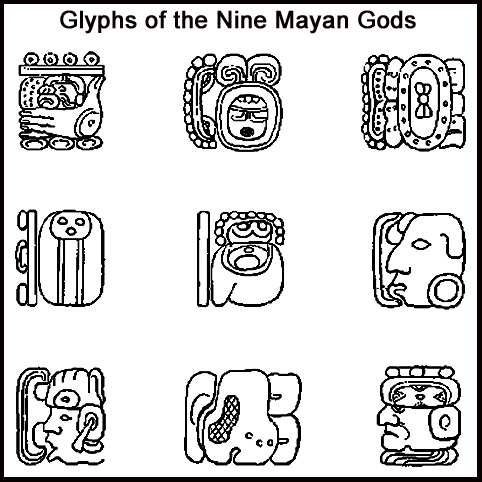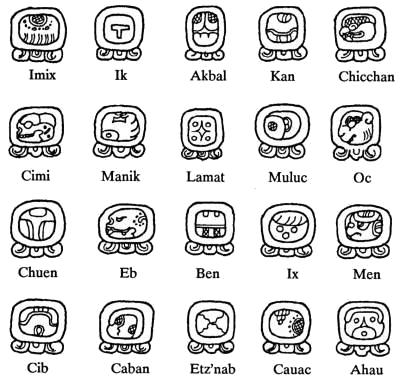1) The Mayans never predicted it. I have talked to many Mayans, including village elders and spiritual leaders. None of them find any credence to the popular excitement about Doomsday. None. To quote one Mayan elder, "This is just something that a few people have latched onto as being true, when in fact it is not".
2) Yes, the calendar seems, at first glance, to end. But if you have read this blog, you know that all the various Mayan calendars are circular in nature. A circle, no beginning, and NO END. The Mayans just anticipate the calendar rolling over again. Think of a odometer in a car, eventually, all the numbers would reset at zero. Same thing with the calendar in 2012.
3) There is NO proof that the Mayans expected the world to end next year. There are two very vague references to it in some of the writings, but VERY vague, to the point where it could be a prediction, or lyrics to the My Little Pony song. (see my blog from last October, Primary Sources).
4) There are a few predictions of things that will happen after 12/21/12 in Mayan writings. For example, on the Tablet of Inscriptions at Palenque, there is a reference to a date in October of the year 4772 ( our calendar). If the world is done next year, it makes no sense the Maya would reference dates after the Doomsday.
5) Let's keep in mind that the Mayan Calendar is a retrofit, they chose a date in the distant pass to start it. They could have chosen other dates, there was excellent math at science at work, but not perfect. Also we are still in the early phases of translation, our interpretations could be wrong. So to point at a specific date based on the calendar seems iffy at best.
6) Think about the recent prediction by a preacher that the world would end. Think about the Y2K buzz. Think about the year 2000 panic. We all heard the stories, it was major news. Surely if the Mayans knew the world would end on 12/21/12, it would have made a great impact on the writings we do have in our possession from when the Mayan Nation was at its peak. And as stated, there just isn't the evidence around to support it.
Naturally, all of the above has not stopped people from writing books about Doomsday, predicting dire events, and playing on the sensational to make a few dollars. I find myself in the camp of others who suggest that instead of THE END, we consider what the Maya may have anticipated, A BEGINNING. Approach that date as a date for personal growth, renewal, rebirth if you like. But don't latch onto the false claims that it will all be over next year.
J.T. Turner, Mayanist









